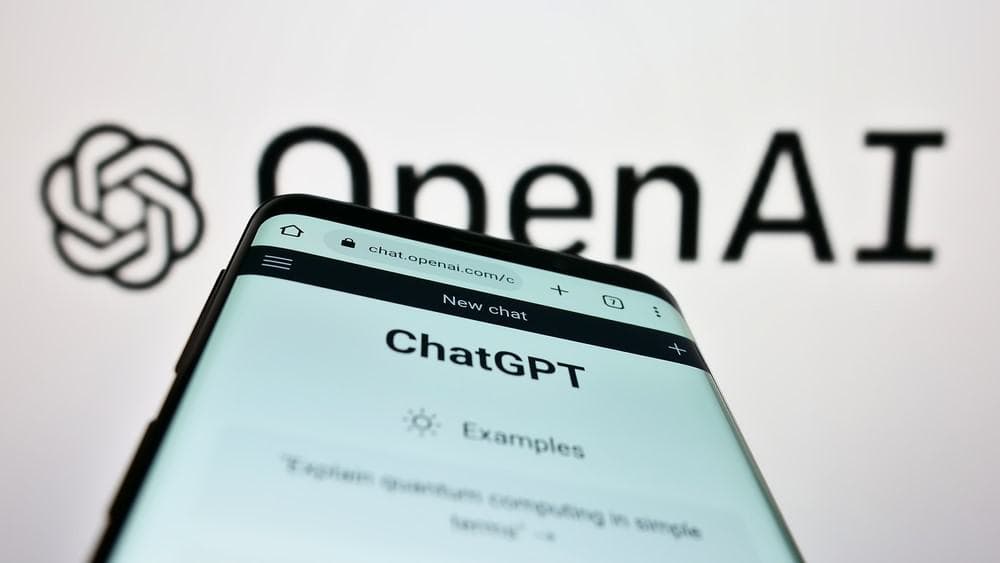fromComputerworld
11 hours agoOtter.ai launches features to embed it in the enterprise
[without a] central repository for conversations, valuable insights go untapped. Otter enables organizations to realize the full potential of meetings by creating proprietary intellectual property from all conversations and building a comprehensive corporate knowledge base that scales with business growth.
Artificial intelligence

























